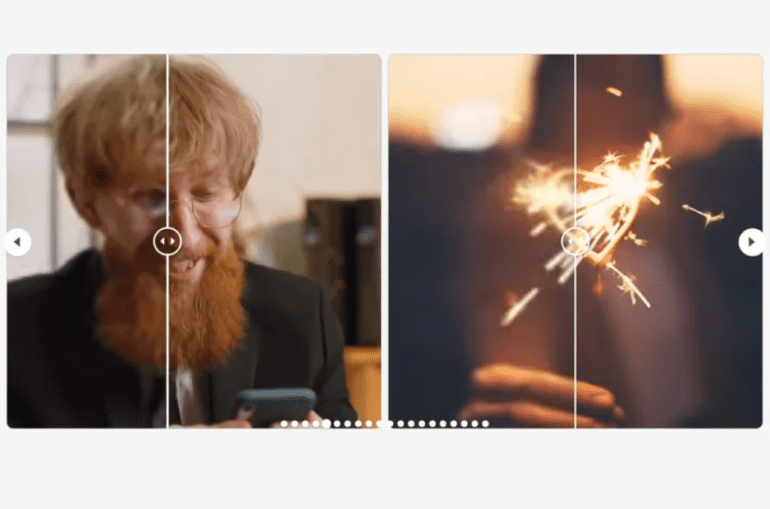- Adobe introduces VideoGigaGAN, a state-of-the-art AI model for upscaling blurry videos up to eight times their original resolution.
- VideoGigaGAN surpasses traditional Video Super Resolution methods, offering enhanced details without introducing artifacts.
- It combines the strengths of Generative Adversarial Networks (GANs) with minimized flickering and distortion in output frames.
- The demo showcases impressively natural results, blurring the line between authentic and AI-enhanced visuals.
- While still in the research phase, Adobe’s advancements hint at future integrations into Creative Cloud software.
- Adobe’s competitors, including Microsoft and Nvidia, are also developing VSR upscaling technologies.
Main AI News:
Adobe’s groundbreaking AI enhancement initiative revolutionizes the visual landscape Adobe’s innovative team has unveiled VideoGigaGAN, a cutting-edge generative AI model that magnifies the resolution of blurry videos by up to eight times their original quality. Disclosed through a paper release on April 18th, Adobe asserts VideoGigaGAN’s supremacy over conventional Video Super Resolution (VSR) techniques, ensuring enhanced precision devoid of any “AI peculiarities” in the resultant footage.
In essence, while Generative Adversarial Networks (GANs) excel in heightening the resolution of static images, their adaptation to video often triggers undesirable flickering and artifacts. Alternative upscaling methodologies mitigate these issues but at the cost of diminished sharpness and intricacy. VideoGigaGAN strives to amalgamate the strengths of both realms—delivering superior image/video fidelity akin to GAN models while mitigating flickering and distortion across output frames. Notably, Adobe has showcased numerous illustrations exhibiting the full-resolution output of VideoGigaGAN.
Upon scrutiny, some finer elements within Adobe’s demonstration clips might appear entirely synthetic, like the texture of skin and creases showcased in the provided example below. However, the resultant visuals exude an astonishingly natural aura, rendering it challenging to discern the involvement of generative AI in enhancing resolution. This advancement may broaden the discourse surrounding the definition of a photograph to encompass videography.
However, it’s imperative to note that this unveiling is solely a research preview, and Adobe has yet to confirm the integration of VideoGigaGAN into consumer offerings like Creative Cloud software such as Premiere Pro. Previously, the company teased another groundbreaking experiment, Project Res-Up, during its MAX event in October 2023. This project, employing diffusion-based upsampling, similarly elevates the quality of low-resolution GIFs and video footage. Moreover, Adobe isn’t solitary in its endeavors, with industry titans like Microsoft and Nvidia also venturing into VSR upscaling technology.
Conclusion:
Adobe’s unveiling of VideoGigaGAN marks a significant leap forward in visual enhancement technology. With the potential integration into consumer software, it signifies a paradigm shift in how we perceive and manipulate visual content. This not only elevates Adobe’s position in the market but also signals a growing demand for AI-driven solutions in the creative industry. Competitors’ endeavors further validate the market potential, indicating a trajectory towards widespread adoption of AI-based visual enhancement tools.

